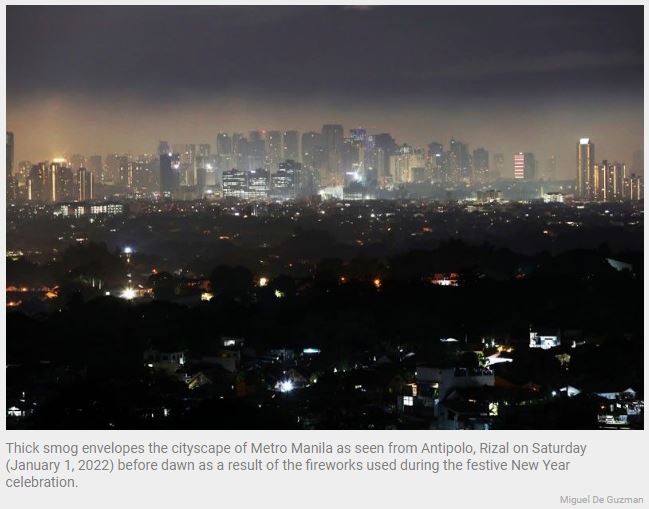Philippines: Poverty reduction goal at risk as prices remain high
MANILA, Philippines — The Philippines is expected to have a more challenging time in hitting its ambitious poverty reduction target as the soaring cost of commodities has resulted in a global food crisis that puts developing economies at a greater risk.
In its latest food security update, the Washington-based World Bank said the still elevated food prices have already triggered a global crisis that would drive millions more into extreme poverty. This will also magnify hunger and malnutrition and threaten to erase the gains in global social development.
Unfortunately, the Philippines may not be able to escape such a scenario as the country is also feeling the pinch of high commodity prices, as seen in the 6.1 percent headline inflation rate in June.
“The war in Ukraine, supply chain disruptions, and the continued economic fallout of the pandemic are reversing years of development gains and pushing food prices to all-time highs,” the World Bank said.
“Rising food prices have a greater impact on people in low- and middle-income countries, since they spend a larger share of their income on food than people in high-income countries,” it said.
The World Bank earlier estimated that prices would remain elevated until the end of 2024, which will only worsen food insecurity and inflation.
Analysts said this could derail the goal of the Marcos administration to bring down the poverty rate to nine percent by the end of the administration’s term in 2028. The poverty rate is currently at 23.7 percent.
ING Bank senior economist Nicholas Mapa said the Philippines is facing a triple threat of accelerating inflation, higher borrowing costs and elevated debt levels, which could all dampen economic growth momentum.
Mapa said the current inflation is heavy on food items, which has a greater impact on lower income households. Data showed that food inflation has been on an uptrend for four months now.
Likewise, higher borrowing costs also dampen job creation and overall economic activity, while elevated debt levels can cap the ability of the government to provide relief to the most vulnerable sectors.
“The administration can still look to lower poverty incidence despite the looming headwinds but actions must be swift and forceful to deliver an immediate impact,” Mapa said.
Rizal Commercial Banking Corp. chief economist Michael Ricafort, for his part, said the elevated commodity prices could lead to an increase in poverty incidence.
In particular, he said this could be felt by households with limited budgets, as well as those hardest hit sectors by the pandemic in the past two years.
Ricafort said most inflationary pressures right now are external in nature, especially on higher cost of oil and food, making the country more vulnerable.
“The country is sometimes at the mercy of external risk developments such as the Russia-Ukraine war and other geopolitical risks that are uncertain and beyond the country’s reasonable control,” he said.
He said the risk of a recession in the US could also slow economic growth in the Philippines and partly contribute to higher poverty rate.
On the other hand, Finance Secretary Benjamin Diokno is choosing to be more optimistic, noting that a robust agriculture sector and sustained economic growth will be key to reducing poverty.
Diokno said the farm sector was not working over the past years, with very negligible contribution to the overall economy. Poverty incidence in the agriculture sector is also high.
He said agriculture is crucial for the development of the agri-business sector that has an impact on manufacturing.
Further, Mapa and Ricafort maintained that the government should work to address the most pressing issue which is accelerating inflation.
Mapa said capping price gains may lead to a less pronounced hike cycle by the central bank and also limit the rise of long term borrowing costs in the secondary market.
Ricafort said the central bank should fulfill its price stability mandate to bring prices back to target and ensure sustainable economic growth and prevent the poverty rate from rising further.
Source: https://www.philstar.com/business/2022/08/03/2199807/poverty-reduction-goal-risk-prices-remain-high


 Thailand
Thailand




